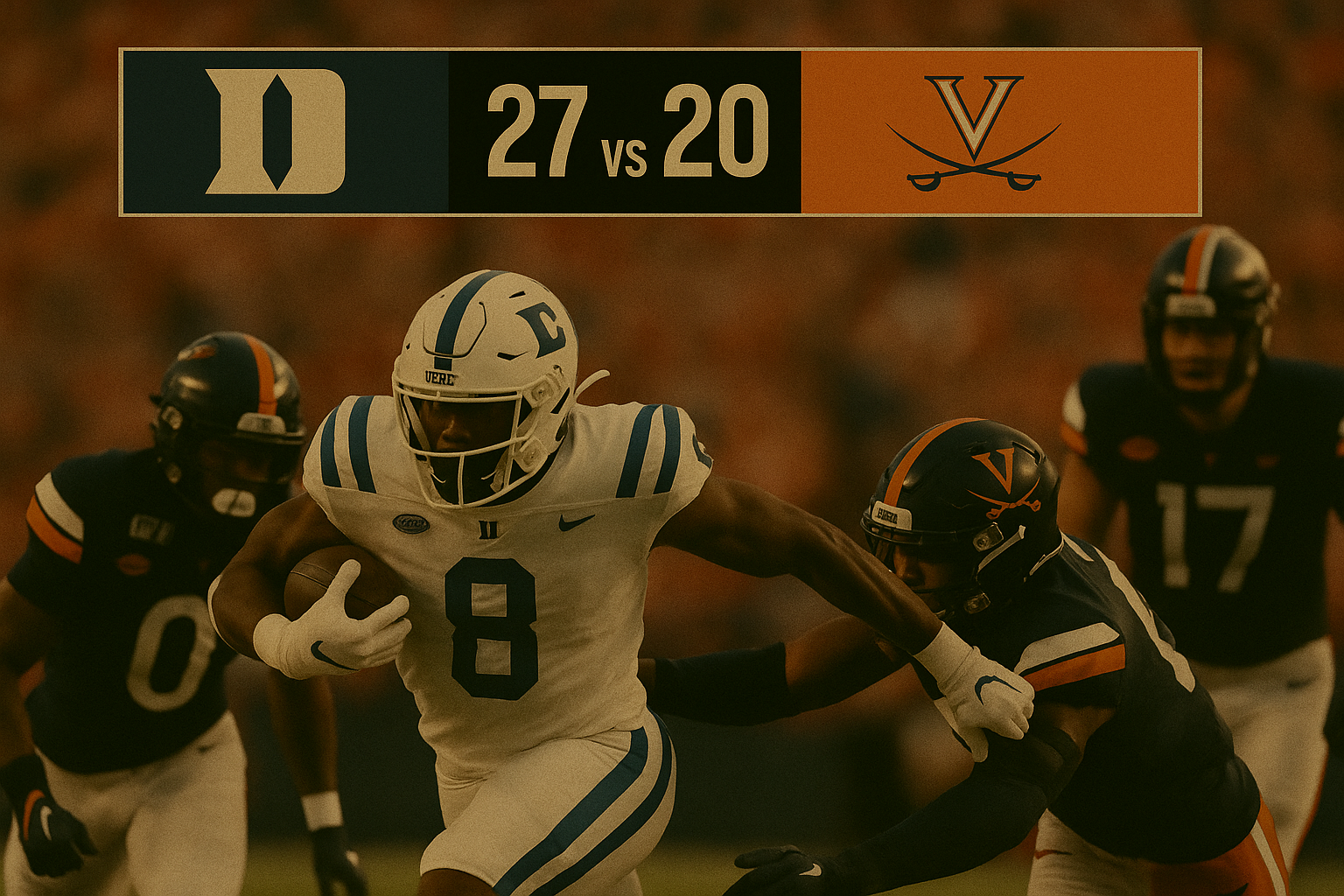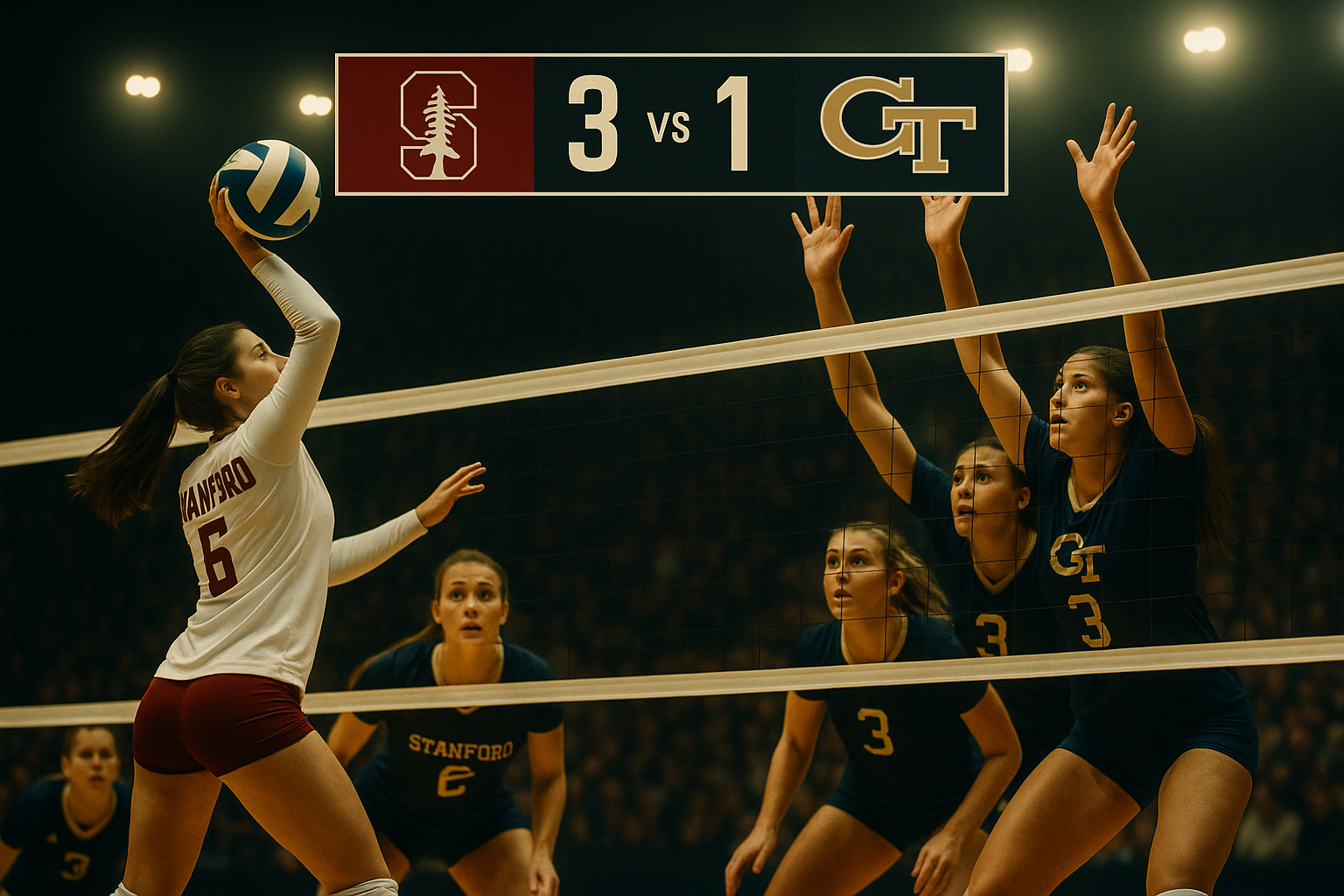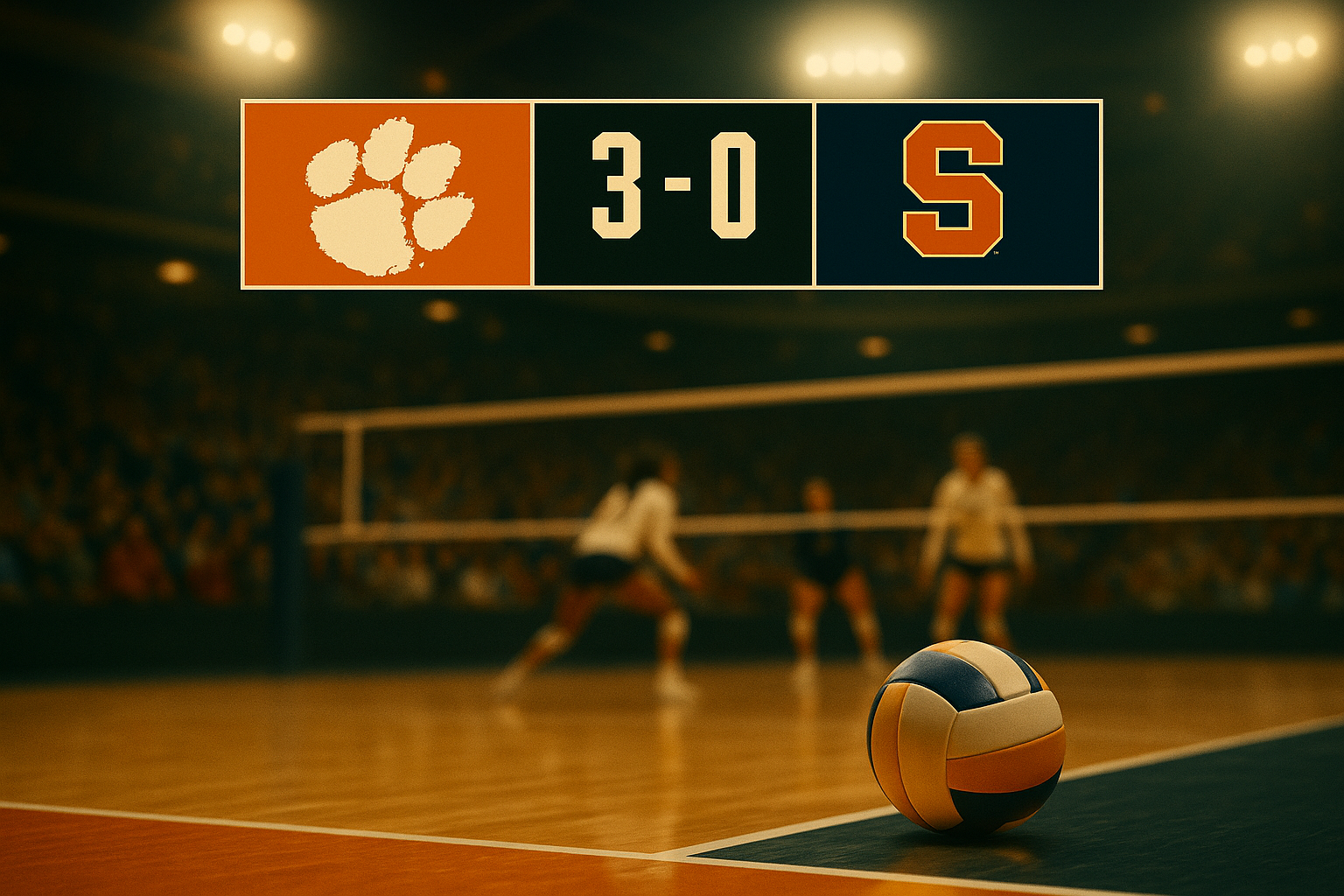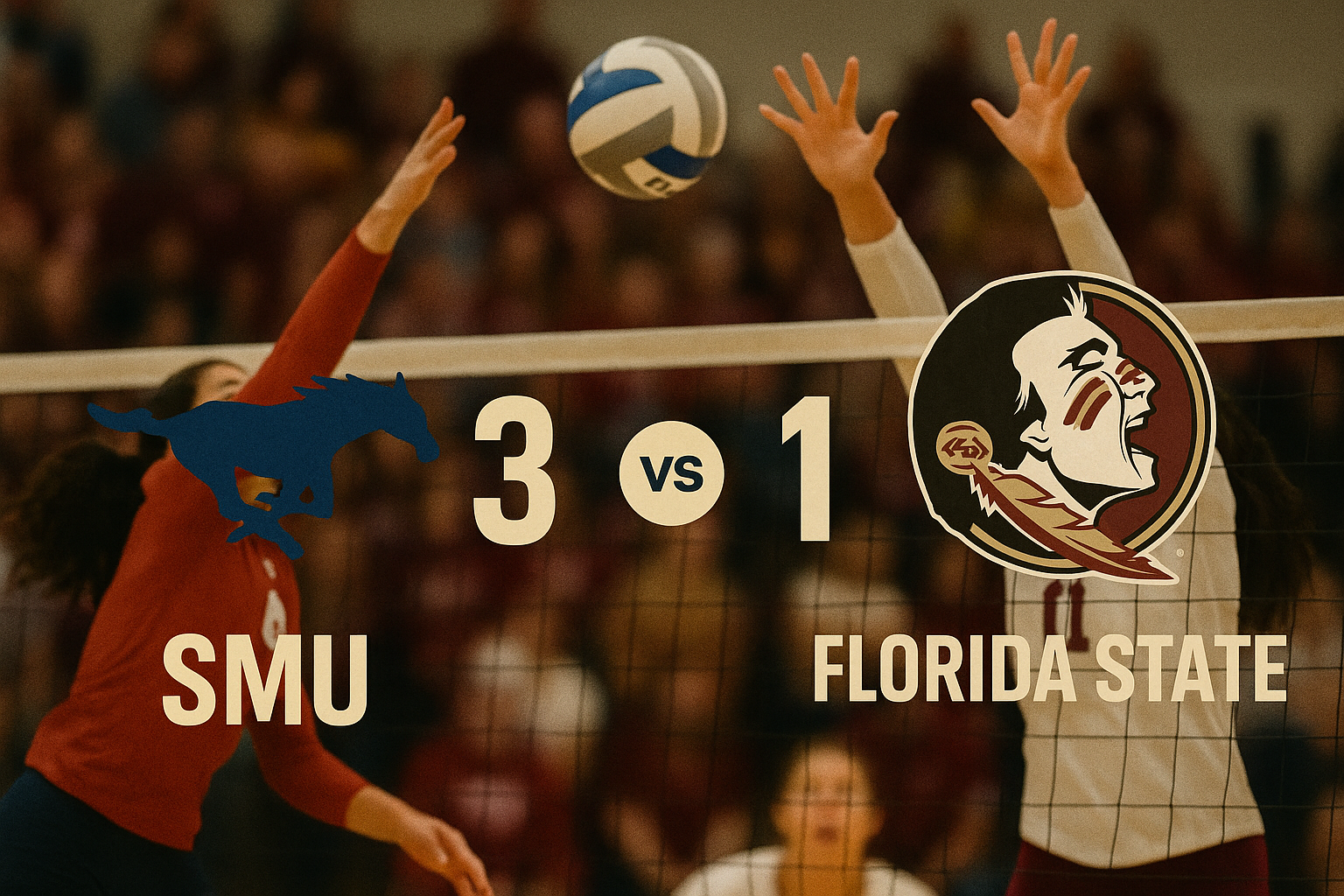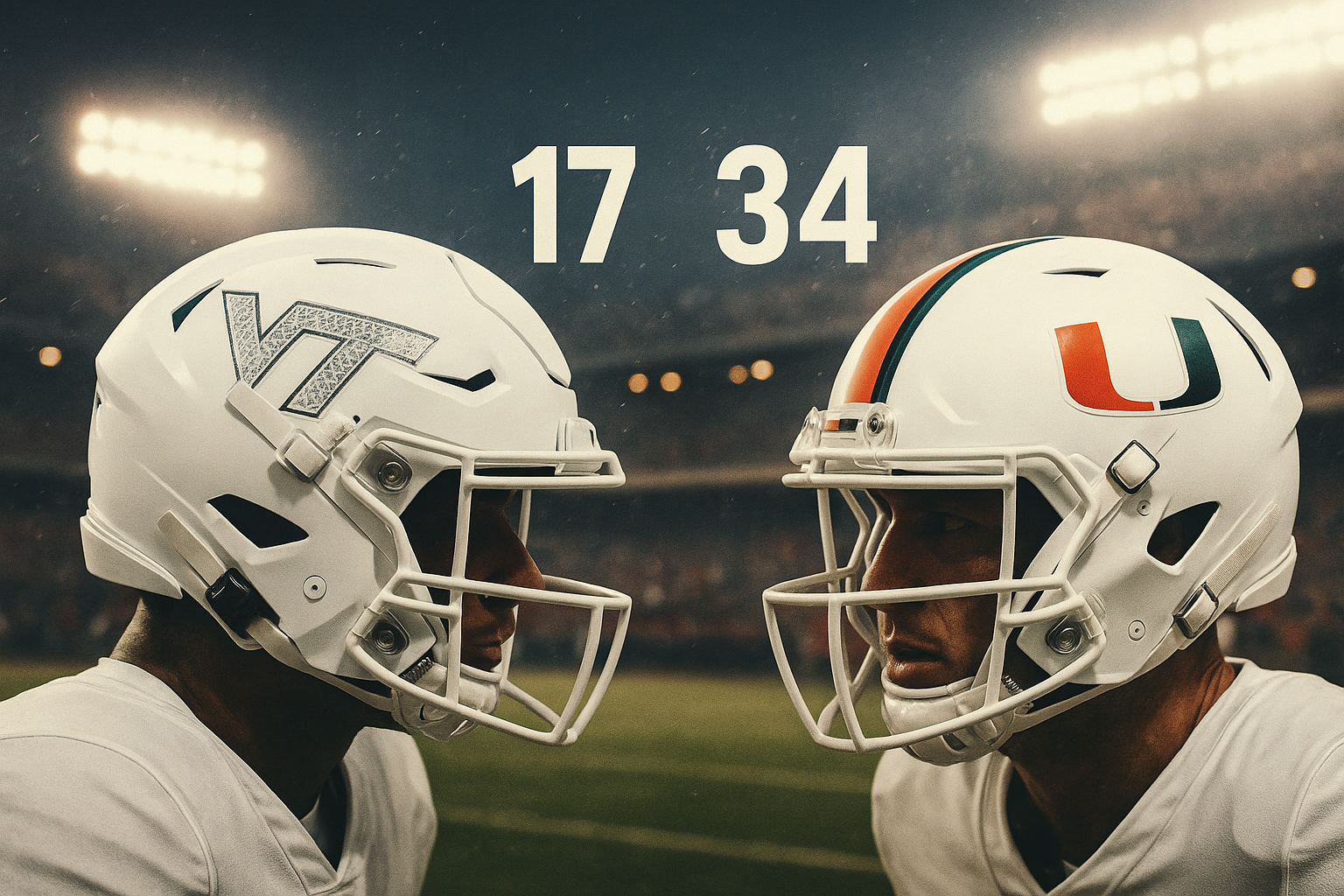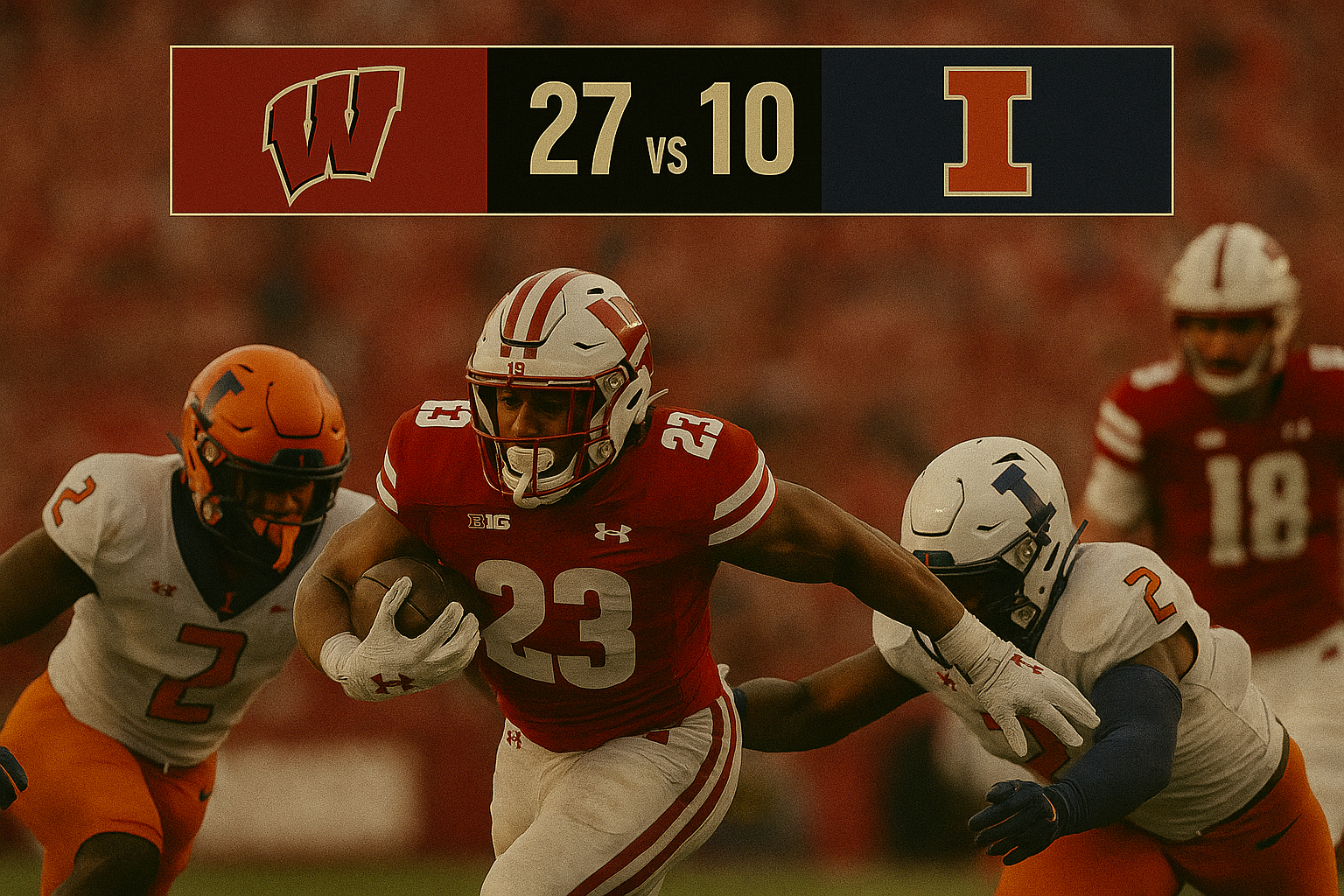Judge Halts NCAA House Settlement Approval Over Roster Limit Concerns
Legal Setback Puts $2.8 Billion Agreement and July Implementation in Jeopardy
The NCAA’s landmark House settlement—intended to reshape the financial and structural landscape of college sports—has been put on hold by U.S. District Judge Claudia Wilken. While most of the agreement remains acceptable to the court, a key provision involving immediate implementation of roster limits has led to the delay of final approval.
The judge stated that the immediate enforcement of roster restrictions would create direct harm for current athletes, many of whom have already been removed from teams or informed they no longer have a place due to changes initiated under the assumption that the agreement would be approved in time for the upcoming academic year.
Scope of the Settlement
The settlement—worth an estimated $2.8 billion—includes retroactive damages for former and current athletes and a new framework for future direct compensation from schools. It also allows programs to pay up to $20.5 million annually to athletes, starting as early as July 1, pending final court approval.
To replace scholarship caps, which would be lifted under the settlement, the NCAA proposed team roster limits to prevent talent hoarding by wealthier schools. These roster caps, however, are now the central issue holding up the deal’s approval.
Roster Limits and Athlete Impact
More than 4,600 athletes have entered the NCAA transfer portal in April alone, many as a result of roster changes already underway. Schools, anticipating the settlement’s approval, began adjusting rosters to align with the proposed new limits.
The judge emphasized that moving forward with those limits immediately would be detrimental to class members—i.e., the student-athletes who would be affected by the loss of their team positions. The court concluded that any changes of this magnitude should avoid harming individuals the agreement is meant to benefit.
Revised Timeline and Required Modifications
Both sides—plaintiffs representing athletes and the NCAA alongside its member conferences—must now return to mediation. They have two weeks to explore alternative proposals that would allow for gradual roster limit implementation. Options include phasing in the limits or allowing current athletes to finish their eligibility under prior team compositions.
The judge made it clear that moving ahead without addressing these concerns would prevent the settlement from being approved. While other elements of the agreement, such as direct NIL payments and scholarship expansions, remain acceptable, this unresolved issue places the entire package at risk.
Governance and Structural Implications
In anticipation of settlement approval, the NCAA Division I Board of Directors recently passed conditional measures to modernize collegiate sports governance. These included removing scholarship caps, enhancing NIL oversight, and creating reporting platforms for athlete compensation and third-party endorsements.
The settlement was expected to accelerate these changes, with schools facing a June 15 deadline to opt in for the 2025 academic year. However, all of these updates now face potential delays.
Additionally, discussions are underway to streamline Division I governance itself. A working group has proposed reducing committees and restructuring decision-making processes. While no decisions have been finalized, this ongoing effort reflects broader institutional shifts that align with the goals of the House settlement.
Looking Ahead: Legal, Financial, and Ethical Pressure
This ruling reinforces the court’s expectation that any systemic change in college athletics must safeguard the rights and opportunities of current athletes. The roster limits, though designed to ensure competitive balance, have already begun to disrupt college teams and affect scholarships for both walk-ons and partially funded athletes.
If the parties involved fail to reach consensus on modifying the agreement, the case may proceed to trial. Such a move would likely delay implementation of new policies and maintain the current landscape of college athletics for at least another year.
The NCAA and its partners must now find a balance between structural reform and fairness to athletes already invested in their college careers. The next two weeks are critical. Whether through compromise or court proceedings, the outcome will shape the next era of collegiate sports.
